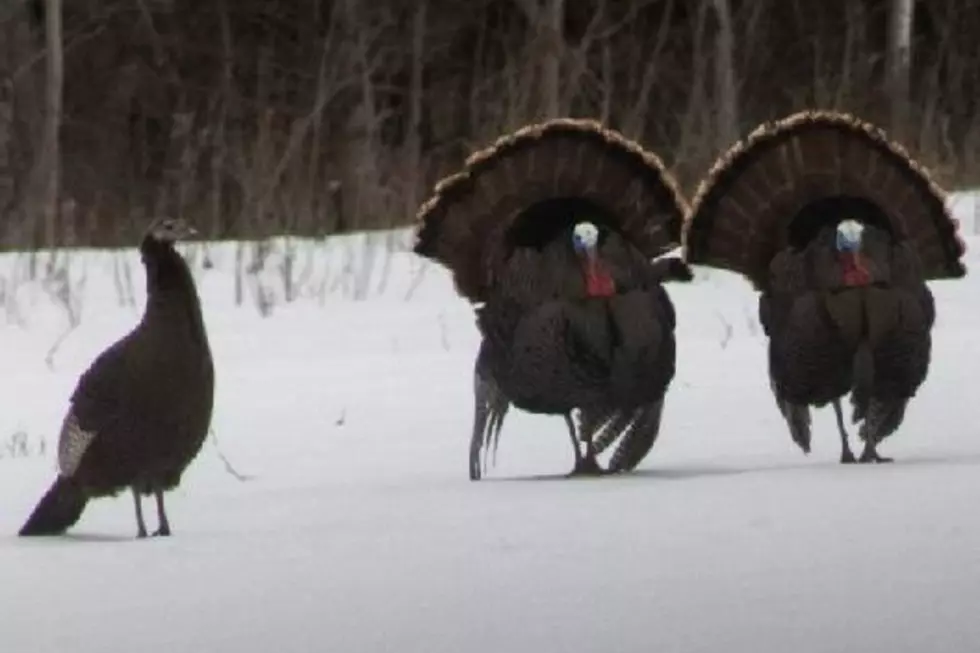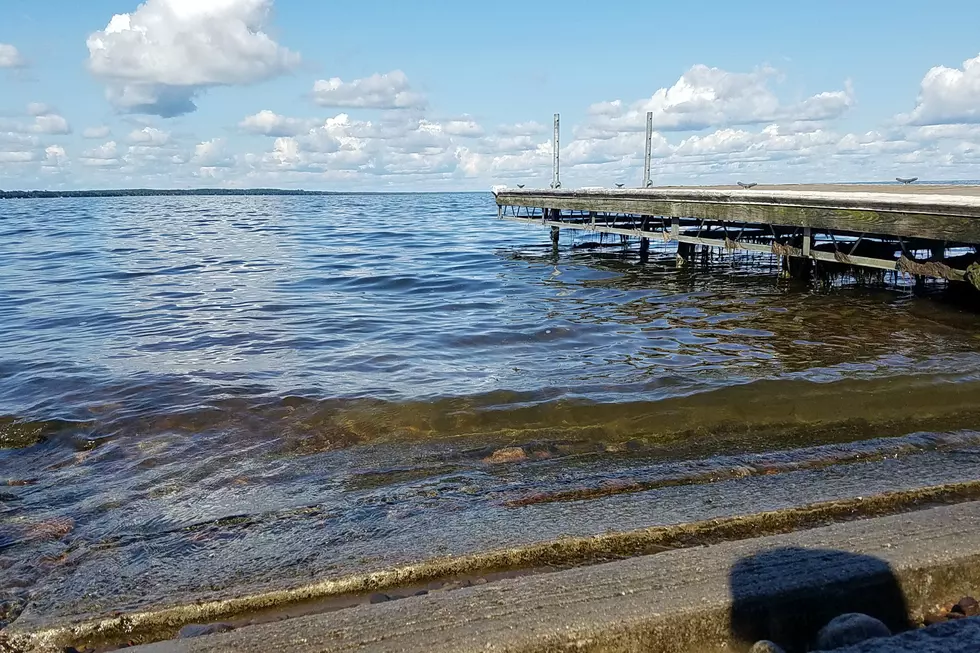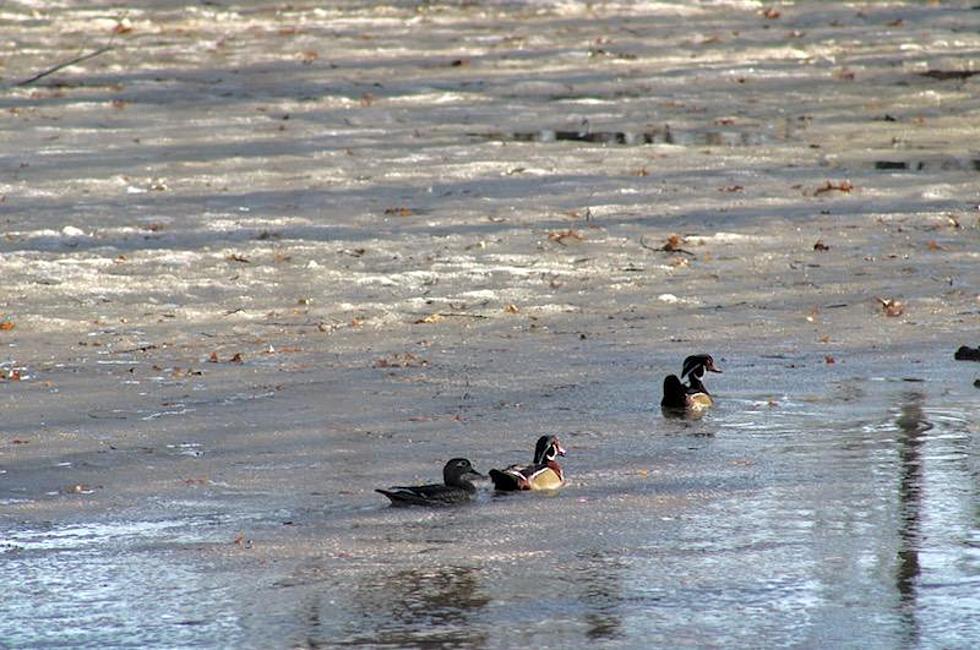
Boat Control Still a Key Issue
It was over a cup of coffee that a friend of mine and I got into a discussion on boat control. He frequently fishes the Canadian side of Lake of the Woods and spends much of his summer and early fall working deep water reefs for walleye.
Being someone that has spent considerable time chasing walleye in deep water, I could relate to his experiences about the need for precise boat control. As is usually the case, reef walleye will set up shop in a very small portion of the structure. Without pinpoint presentation, anglers will spend much of their time in unproductive water.
In today’s world of big boats and powerful motors, it is easy to get caught up in the need to go really fast and have speed as a top priority. However, no matter how fast a person gets to their fishing hole, if you can’t control your rig to stay on top of the fish, speed quickly becomes a secondary issue.
Personally, I love a tiller motor. I have been in too many situations where other boats around me either ran their bow mounts out of battery life or could not hold their position in the wind. My 90 tiller rarely has trouble competing with the elements.
In response to the boat control issue, there have been many improvements in electric trolling motor capabilities. Powerful 24 volt systems are pretty much standard fare on big rigs. For those that want to maximize their transom control, Minn Kota’s Vantage is clearly the best route to go.
This year, the iPilot has taken boat control to a new plateau. New for this year is the iPilot Link. The Link allows your iPilot to communicate with a LakeMaster map chip in specific sonar units (www.lakemap.com). This makes it possible to direct your trolling motor to follow a chosen contour from the map chip that in your sonar. While the iPilot does the work, anglers concentrate on fishing.
Although this is certainly an innovative approach to working structure, it does not replace other methods of staying on fish. The standard marker buoy is still an important tool in my boat.
There is something about the visual contact with a marker buoy that is very beneficial. I use them to pinpoint the exact location of a school of fish, to lay out trolling runs or to mark a snag I need to stay away from.
It is true that a marker buoy has a way of attracting other boats, but sometimes they are still a valuable tool. I carry a minimum of three whenever I chase walleye.
GPS units are also a great tool for improving boat control. Following the irregular contours often associated with walleye habitat can be tricky. By setting up a trail of icons it is possible to layout a course that highlights subtle points and inside turns.
One time, while fishing on Mille Lacs, we set up a trail that marked the outer edge of a weed line the walleye were relating to. Once this trail was established we were able to concentrate on presenting bait and didn’t have to worry so much about the irregularities of the weed growth.
Walleye often do not stay in one area for a long time. Being able to maximize the time your bait is in front of the fish is essential to success. Frequently, I find the boat with the best control is the one pulling most of the action.
Good boat control does guarantee a person is going to put a lot of walleye in the livewell. However, without good boat control, the number of fish caught will be greatly reduced.
More From AM 1240 WJON









